First Movie Studio Completed
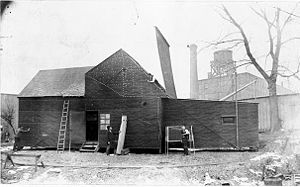
Thomas A. Edison finishes construction of the first motion picture studio, the Black Maria (officially known as the Kinetographic Theater) in West Orange, New Jersey. The name Black Maria came from a slang term for police wagons, also known as paddywagons, which were similarly cramped, uncomfortable, and dark.
SBC Buys AT&T; The Learner Becomes the Master
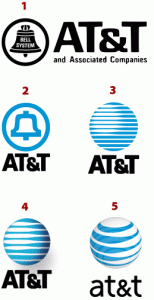
SBC announced that it would purchase AT&T Corp. for more than $16 billion. This completed (maybe) the long and sordid tale of the old AT&T company after their breakup in 1984. SBC, one of the original “baby bells”, renamed itself AT&T after the merger, confusing nearly everyone in the world as to which company was which anymore.
First Ape into Space
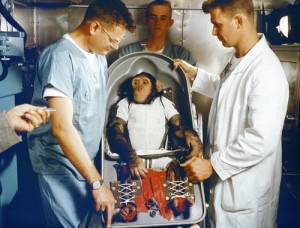
50 years ago today, Ham the Chimp travels into outer space aboard Mercury-Redstone 2. Ham (whom was named this only after he survived the flight) was the first ape to fly into space. Note that apes include chimpanzees, gorillas, and humans, but NOT monkeys.
The First American Satellite Launches Into Orbit
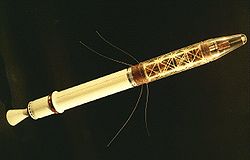
Explorer 1 is launched, which becomes the first American satellite to successfully make orbit.
Windows Vista Released; Users Exodus
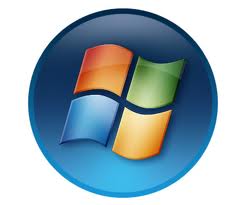
Six years after the launch of Windows XP, the infamous operating system, Windows Vista, was released to an unsuspecting public. For various reasons, the launch of Vista was marred by numerous incompatibility, stability, and otherwise onerous problems. While Microsoft actually made Vista much more palatable after 2 Service Pack upgrades, the damage was already done. Vista’s reputation never recovered. Many wonder if this is why Microsoft so quickly followed only two years later with Windows 7.
First Super Bowl in HD
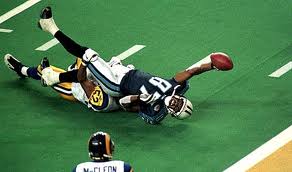
Super Bowl XXXIV: The St. Louis Rams beat the Tennessee Titans, 23-16 at the Georgia Dome in Atlanta. This was the first Super Bowl to be broadcast in High Definition. And after living in New Orleans then St. Louis and suffering through the Saints, Cardinals, and Rams, it was the first time my home team won the Super Bowl (actually, it was the first time any of my home teams won any major sports championship).
First Computer Virus Written
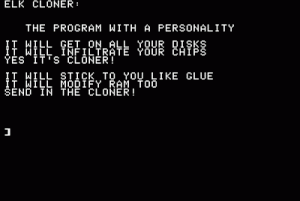
Richard Skrenta writes the first PC virus code, which is 400 lines long and disguised as an Apple II boot program called “Elk Cloner“.
Phobos II Orbits Mars
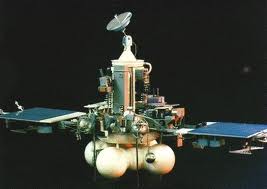
The USSR’s Phobos II enters Martian orbit on its way to the moon Phobos. The spacecraft never completed its mission as it lost contact with mission control on March 27. Due to some unusual last photos received from Phobos II, speculation arose that it was destroyed by a UFO. Official reports blame the failure on the onboard computer. I wonder if mission control was trying to secure the Martian licensing rights to Tetris.
Tetris Sneaks Into the US
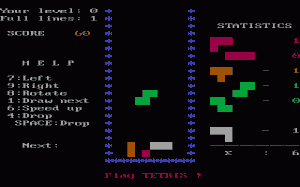
The computer game Tetris makes its first appearance in the United States as a PC game. The company that released the game was Spectrum Holobyte, which had dubious licensing rights to the game. When companies became interested in licensing Tetris for other platforms besides the PC, a series of events kicked off a long legal battle, in which the big winner was eventually Nintendo, who used the game Tetris to drive sales of its new Game Boy platform.
Karl Benz Patents Gas Automobile

Karl Benz patents the first successful gasoline-driven automobile. He would eventually go on to found the Mercedes Benz company.
